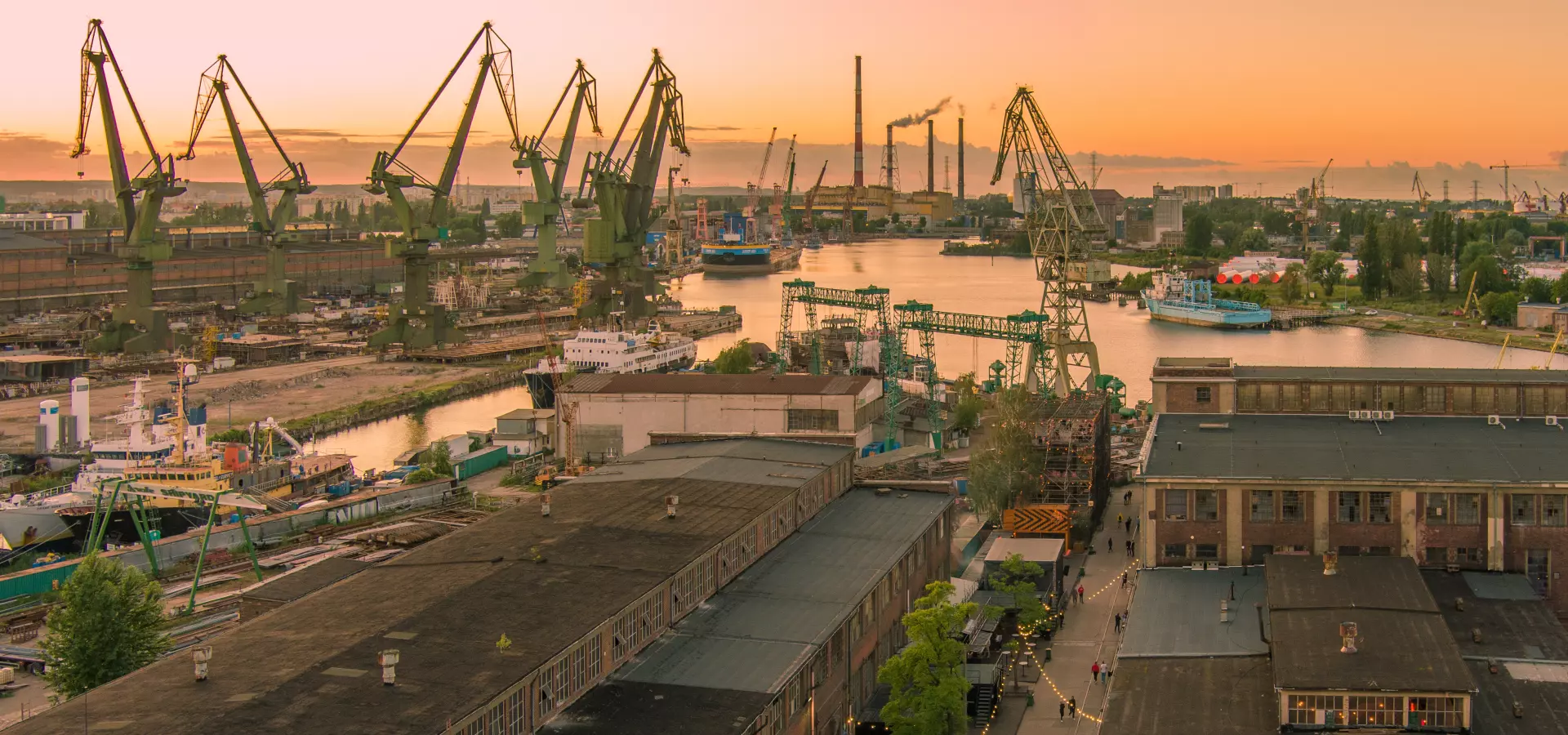European post-industrial regions
Completed Project
Inequalities
Apr 2008 - Aug 2011
Post-industrial decline is often cited as one of the major underlying reasons behind the poor health profile of West Central Scotland (WCS). In this research, we aimed to develop an understanding of how health and health-related factors in WCS compared with other, similar, post-industrial areas in Europe.
Phase 1
The first phase of research identified and compared long-term trends in mortality in 20 post-industrial regions in Europe. It showed that mortality was generally lower and improving faster in the other regions compared to WCS – even in areas which appeared comparatively worse in terms of socioeconomic characteristics.
Phase 2
The second phase sought to explore the reasons behind WCS's poor health status relative to these other comparable regions. This entailed two main research components:
- Detailed analysis of routinely available health and health determinant data for WCS and 11 other key regions (but with a particular focus on four specific ones: Nord-Pas-de-Calais in France, the Ruhr area in Germany, Northern Moravia in the Czech Republic and Silesia in Poland).
- Supporting a PhD student to examine the influences of historical, political and economic factors on health outcomes in the four mainland post-industrial regions above.
 Project outputs
Project outputs
Publications & Documents
-
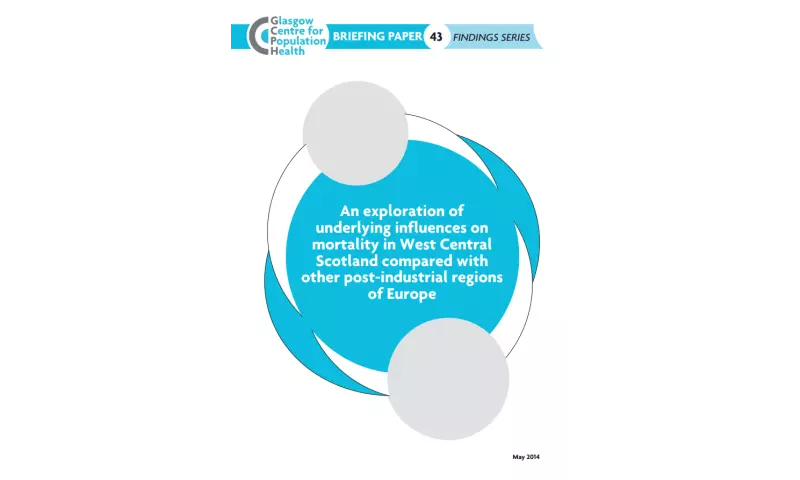
Findings Series 43 - Influences on mortality
-

The Aftershock of Deindustrialisation phase two - WCS and Nord-Pas-de-Calais
-
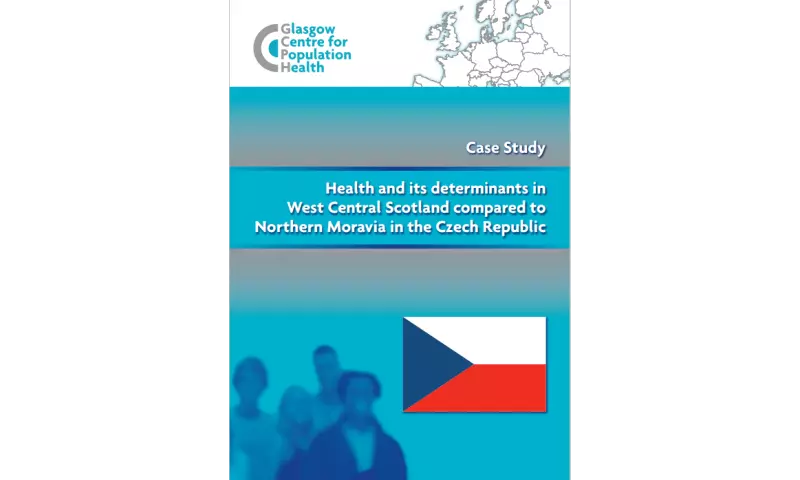
The Aftershock of Deindustrialisation phase two - WCS and Northern Moravia
-
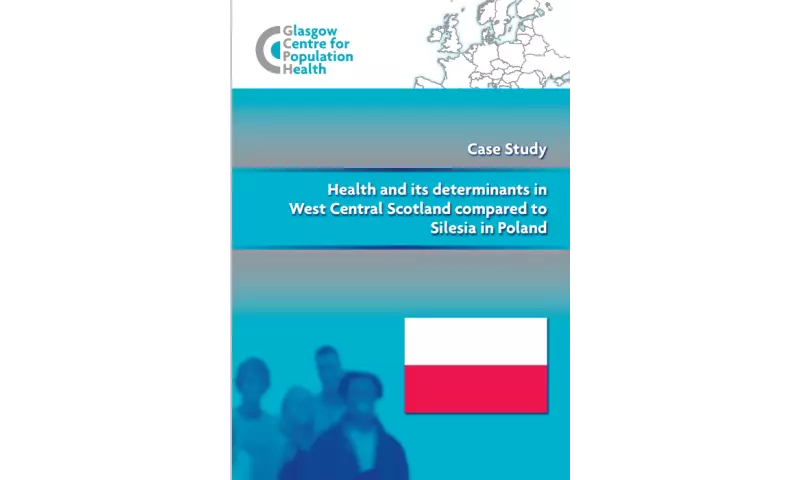
The Aftershock of Deindustrialisation phase two - WCS and Silesia
-
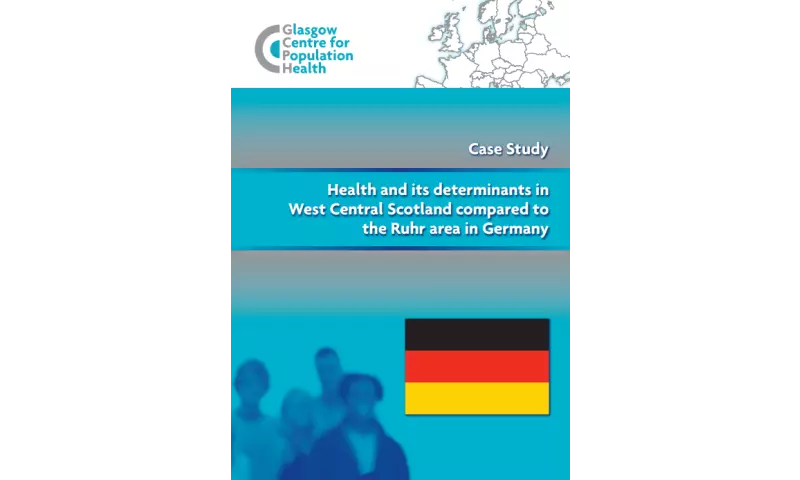
The Aftershock of Deindustrialisation phase two - WCS and the Ruhr
-
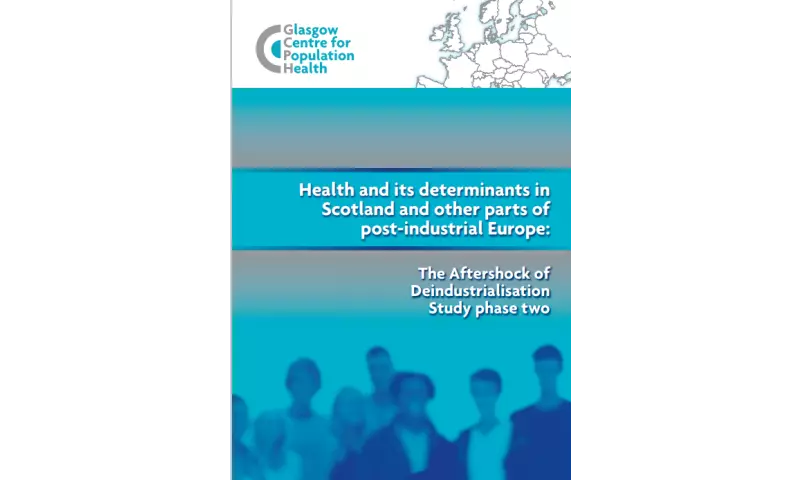
The Aftershock of Deindustrialisation study - phase two
-

Findings Series 11 - European regional and city comparisons
-
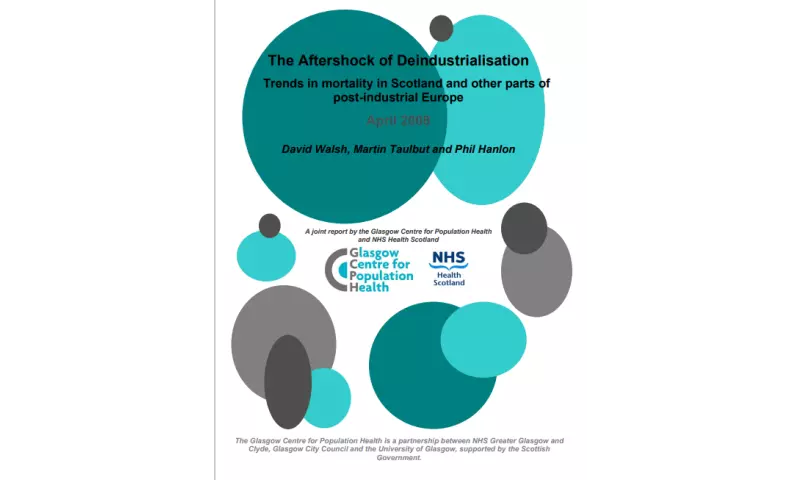
The Aftershock of Deindustrialisation
 Further resources & reading
Further resources & reading
Potential influences on suicide prevalence in comparisons of UK post-industrial cities. Walsh D, McCartney G, O’Reilly D. Public Health 2017; 143: 94-96.
Comparing time and risk preferences across three post industrial UK cities.
van der Pol M, Walsh D, McCartney G. Social Science & Medicine 2015;140:54-61.
Comparing levels of social capital in three northern post-industrial UK cities.
Walsh D, McCartney G, McCullough S, et al. Journal of Public Health 2015; DOI: 10.1016/j.puhe.2015.02.024
Understanding the impacts of industrial change and area-based deprivation on health inequalities, using Swidler’s concepts of cultured capacities and strategies of action. Garnham LM. Social Theory & Health 2015. DOI: 10.1057/sth.2015.15
Always looking on the bright side of life? Exploring optimism and health in three UK post-industrial urban settings. Walsh D, McCartney G, McCullough S, et al. Journal of Public Health 2015;37(3):389-397
Comparing Antonovsky’s Sense of Coherence scale across three UK post-industrial cities. Walsh D, McCartney G, McCullough S, et al. BMJ Open 2014;4:e005792. DOI:10.1136/bmjopen-2014-005792.
The aftershock of deindustrialization—trends in mortality in Scotland and other parts of post-industrial Europe. Walsh D, Taulbut M and Hanlon P. European Journal of Public Health 2010;20(1):58-64. DOI:10.1093/eurpub/ckp063
Spatial inequalities in life expectancy within post-industrial regions of Europe: a cross-sectional observational study. Taulbut M, Walsh D, McCartney G, et al. BMJ Open 2014;4:e004711. DOI: 10.1136/bmjopen-2013-004711
What can ecological data tell us about reasons for divergence in health status between West Central Scotland and other regions of post-industrial Europe?
